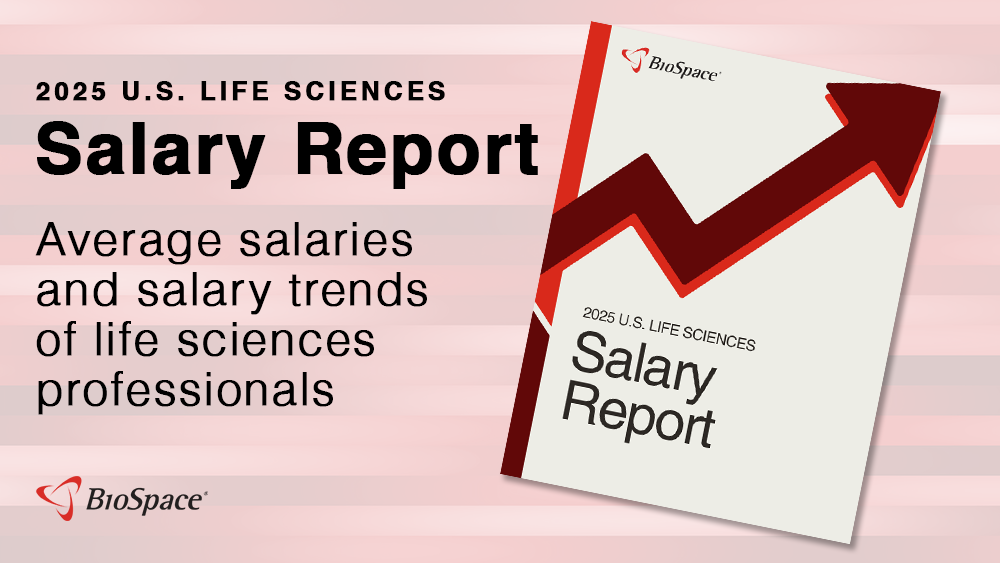A look at the differences among types of retirement accounts, and how to evaluate which is best for you
Pictured: Stack of coins / iStock, temmuzcan
For workers beginning to consider their options for saving for retirement, the process of selecting a savings vehicle can be bewildering. The complexity can increase as one’s career progresses, often bringing job changes and increased income.
In biotech and in life sciences more generally, workers “tend to change jobs frequently,” said certified financial planner Kristin McKenna, president of Darrow Wealth Management, which advises people in this industry.
Due to those job changes, “there’s a lot of different considerations about managing old retirement plans,” she noted, as well as navigating new benefits and compensation packages.
Regardless of those particular circumstances, a key piece of advice McKenna offers to people in the industry is something many of us have heard before: start early, when you’re first filling out new hire paperwork.
“At least participate in the retirement plan,” she said. “Even if it’s not maxing it out [initially], it’s always easy to escalate your contributions.” Enrolling in a plan down the line, on the other hand, can be hampered by procrastination or forgetfulness.
Which type of plan is best for you? To answer that, you’ll need to consider the tax advantages and disadvantages of each.
Comparing 401(k), Roth 401(k), IRA and Roth IRA
A key difference among the most common retirement vehicles has to do with the timing of when you pay taxes on the money you save.
For 401(k)s—which are offered by many employers, often with full or partial matches of employees’ contributions up to a certain limit—contributions can be made pre-tax. Similarly, people may be able to make tax-deductible contributions to individual retirement accounts (IRAs), depending on their income level and whether they have access to a retirement savings plan through their job. Withdrawals from these accounts in retirement are then treated as taxable income.
In contrast, with Roth 401(k)s and Roth IRAs, contributions are made with post-tax money, but withdrawals in retirement—including any growth on the initial contributions—aren’t taxed as income.
When weighing pre-tax versus Roth contributions, McKenna said people should consider what they expect their tax situation to be during retirement, compared to their current circumstances.
In general, workers in their 40s or older are likely to be in their highest-earning years, she said, meaning they would pay a relatively high tax rate. If they expect to have a lower income level in retirement, it may make sense to save pre-tax dollars so that taxes on those savings are deferred until later.
Workers who are earlier in their careers, however, may earn incomes that are less than what they expect to have in retirement, and “that’s when it can really be advantageous to go the Roth route,” McKenna said.
Another consideration is that because Roth contributions are post-tax, the same reduction in take-home pay will yield a higher balance in a traditional 401(k) than in a Roth 401(k).
Both types of 401(k)s have a ceiling of $22,500 in 2023 for workers under 50, which compares favorably with IRAs. For both Roth and traditional IRAs, the contribution limit in 2023 for people younger than 50 is $6,500. But people with an adjusted gross income of $153,000 or more ($228,000 for married people filing jointly) aren’t eligible to contribute to a Roth IRA at all, and the eligibility for an tax-deductible limit for traditional IRAs varies depending on both income and whether one can participate in an employer-sponsored plan. While non-tax-deductible contributions to a traditional IRA are an option for anyone with earned income, McKenna said they’re often a poor choice because savers must follow lifetime tracking requirements for the funds in order to avoid paying tax twice.
People who have reached the maximum contribution to their 401(k) or Roth 401(k) and want to save more may be able to do so with a mechanism called a mega backdoor Roth. Not all employers’ 401(k) plans allow this option, but with those that do, workers may be able to contribute up to $43,500 in post-tax dollars to the 401(k) in addition to the regular $22,500 contribution limit for people under 50. The actual amount the employee can save in a 401(k) that offers a mega backdoor Roth is limited to a combined employee-employer limit of $66,000 in 2023 for people under 50. Those extra post-tax contributions can then be rolled into a Roth IRA or Roth 401(k).
“For folks that have the cash flow to do it, that can be a super great option,” McKenna said.
Your decision about which retirement plan to choose need not be either-or. According to survey results from the Plan Sponsor Council of America, 89% of employees who were eligible for an employer’s retirement plan made contributions in 2021. At the same time, according to a report from the Investment Company Institute, 35% of all US households held traditional and/or Roth IRAs as of mid-2020—and most of these households also had employer-sponsored retirement plans.
HSAs: A Triple Tax Advantage
While they’re not often framed as a retirement savings option, another type of account that can be used in this way is health savings accounts (HSAs). Provided they’re enrolled in eligible high-deductible health insurance plans, employees can sock away up to $3,850/year for individuals or $7,750 annually if their families are enrolled in such a plan.
Many HSA providers allow funds to be invested once accounts reach a minimum balance, and money can be contributed pre-tax, grow untaxed and then be withdrawn to pay for eligible medical expenses—also with no need to pay taxes. This is the triple-tax advantage.
HSAs can, of course, be used to pay for medical expenses before retirement, but the funds can also be saved for those later years. According to Fidelity, a 65-year-old couple will need an estimated $315,000 for health care expenses in retirement, so there’s little danger of saving too much in this type of account.
Ultimately, the type of retirement savings vehicle you choose isn’t as important as the decision to start saving. If your employer offers a match, contributing at least enough to a 401(k) or Roth 401(k) to get the full match is a simple first step on the path to a well-funded retirement.
Shawna Williams is a freelance science writer and editor based in Washington State. Reach her at shawna.williams@gmail.com.
Correction note (April 13): This story has been updated to clarify rules around eligibility for tax-deductible contributions to an IRA, Kristin McKenna’s advice on avoiding non-tax-deductible contributions to traditional IRAs, and limits on contributions to a mega backdoor Roth. BioSpace regrets the errors.






